Pipepoxy – How It’s done
1. Locate and confirm the leak
Perform a comprehensive leak detection and confirm the location of the leak with a pressure test on the pipe, hydrophones or the Hand Held Video Pro included in your kit. If a previous company located the leak, confirm their findings.
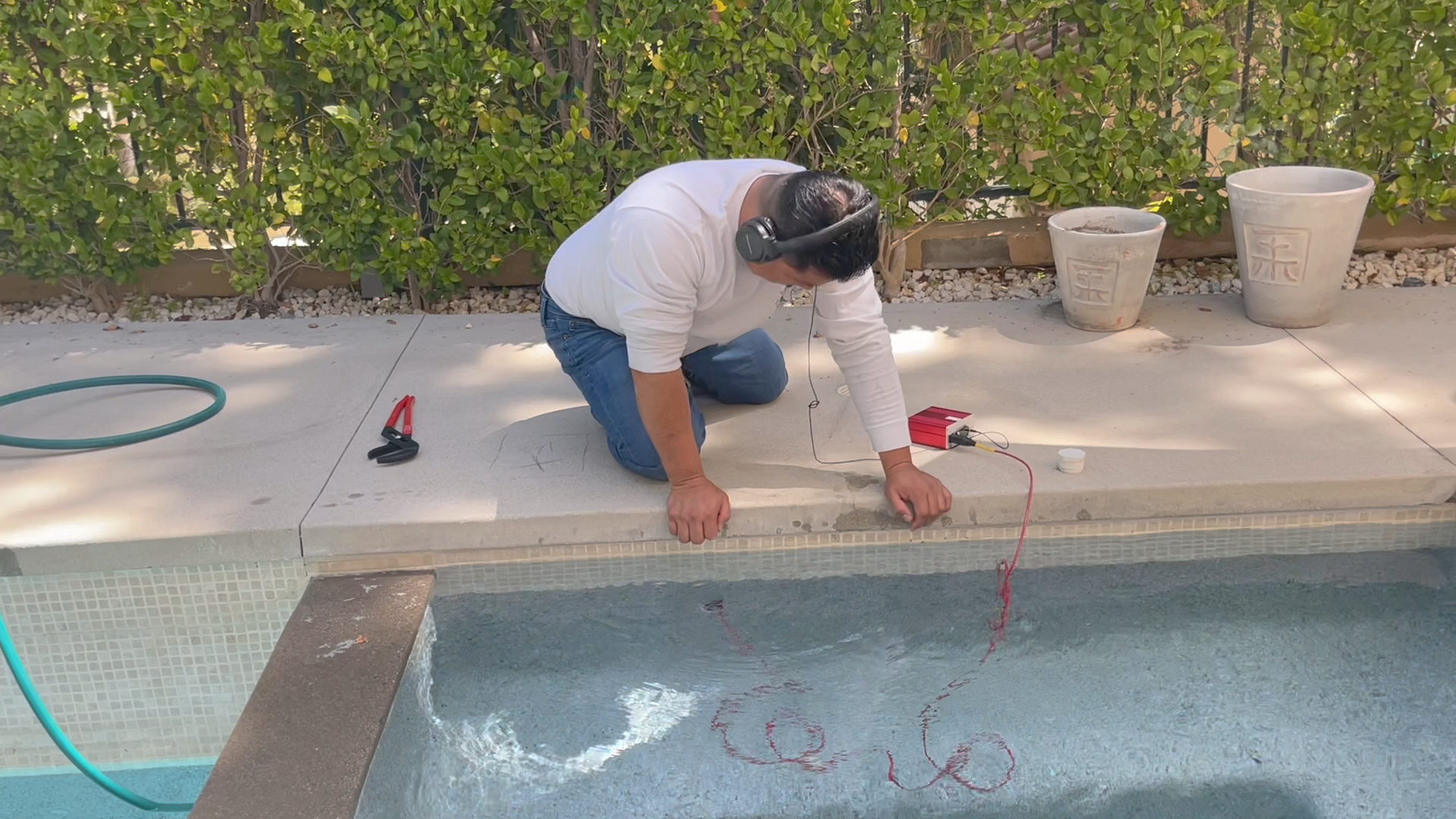
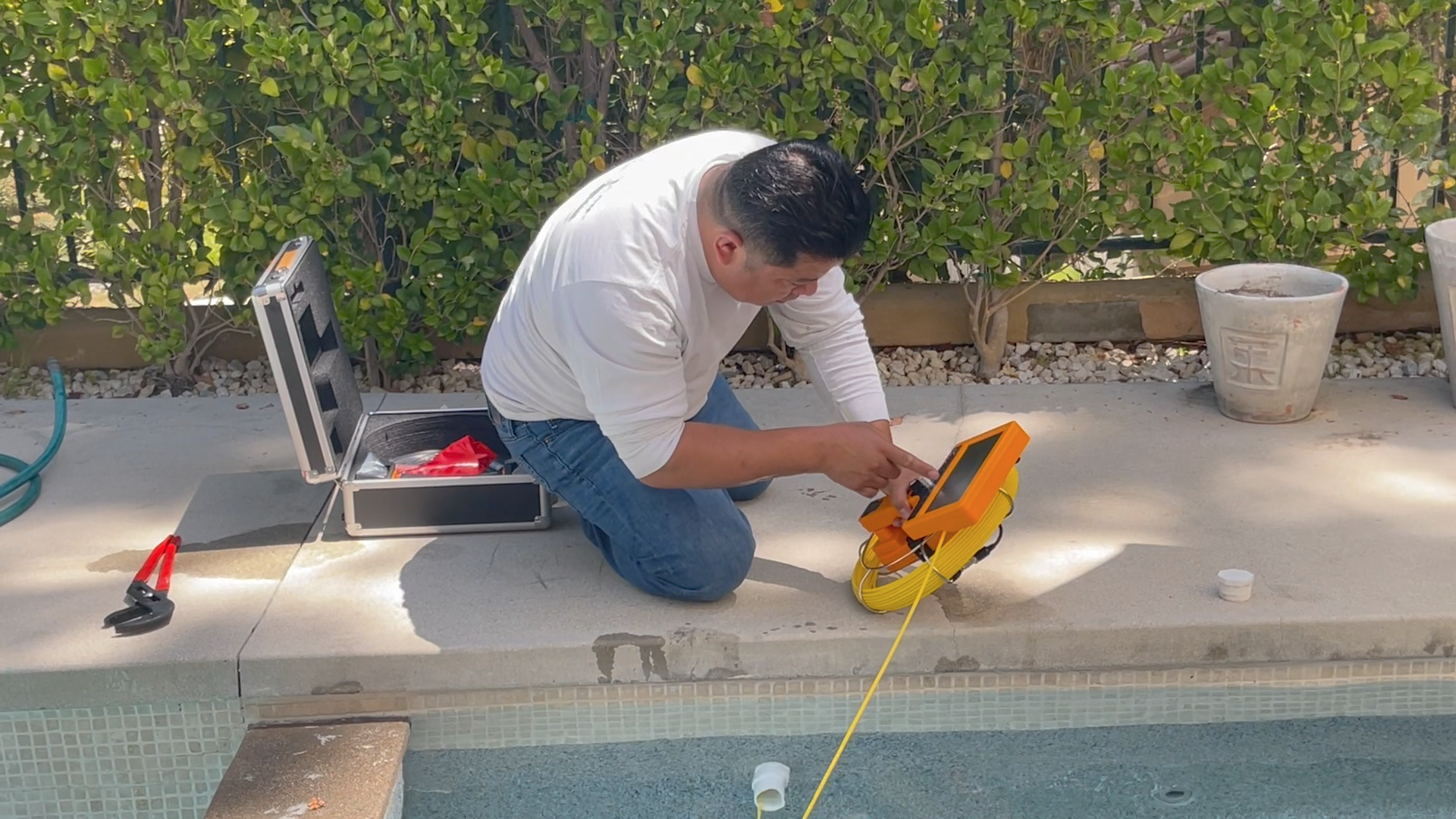
2. Purge the pipe.
Using a blower/vacuum, blow out the line to dry.
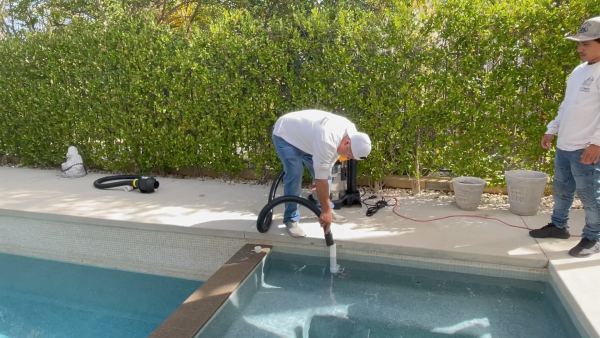
3. Sand the pipe.
The sanding process scratches the interior of the pipe to get it ready for the Accumix.
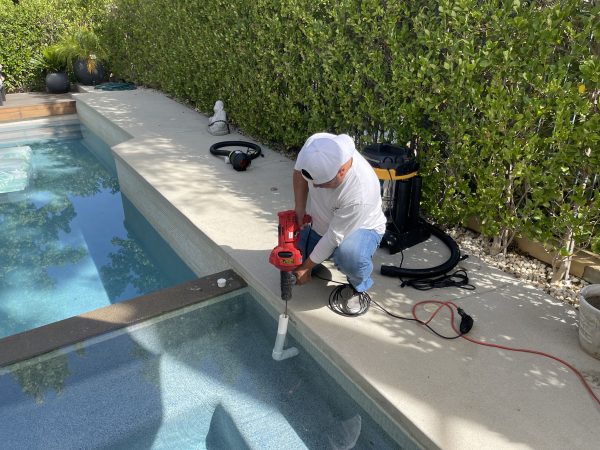
4. Blow out the debris.
Using a blower/vacuum, clean out the line one more time to remove any of the debris from the sanding process.
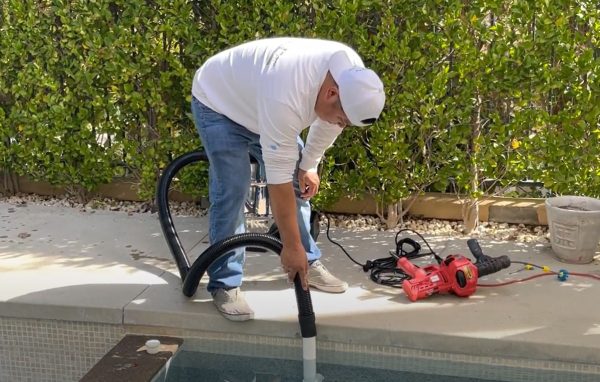
5. Inject or pour the Accumix.
Calculate and determine the amount of Accumix needed and inject to coat the interior of the pipe you are repairing/coating.
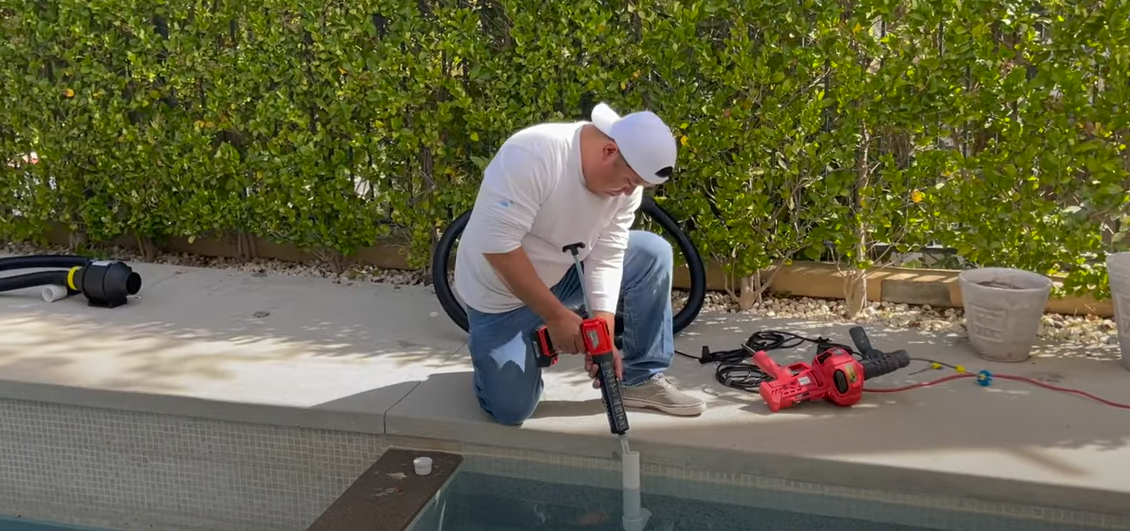
6. Coat the Pipe and let dry.
Insert the proper size brush into the pipe and brush the epoxy throughout the pipe to ensure it’s all coated. This process pushes the epoxy out of cracks, holes, or separations. FYI: The brush is capable of passing multiple 90s. After completing the application process, hook up the dryer and allow it to operate for approximately 4 hours.

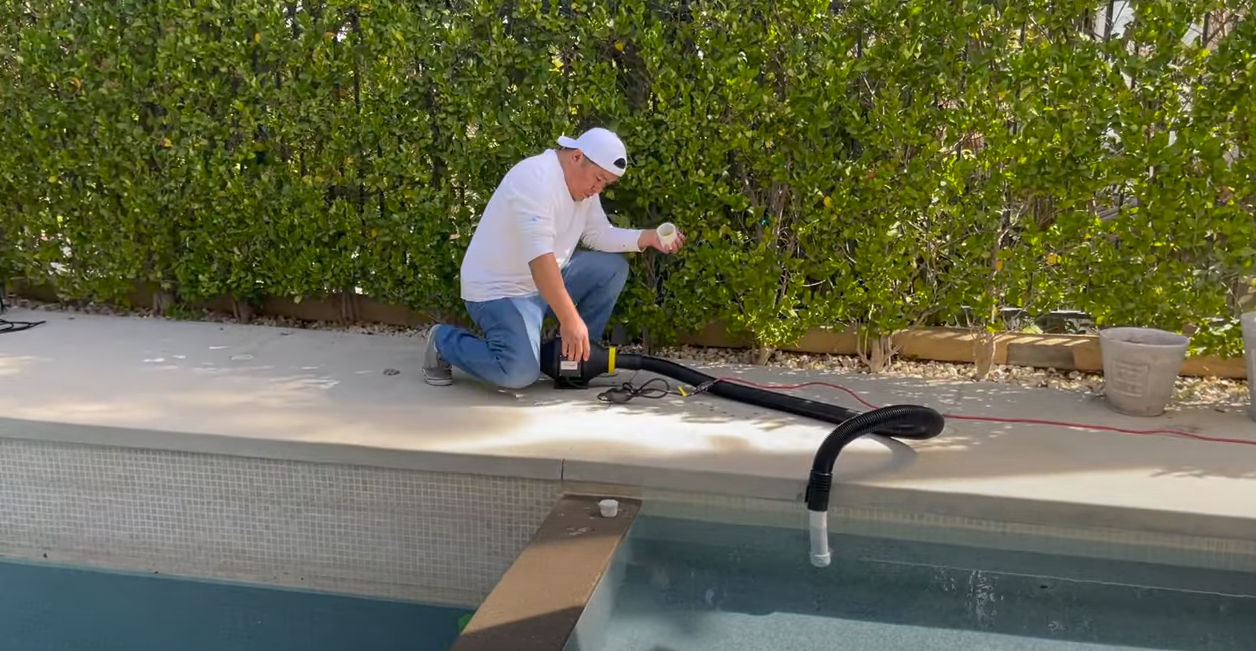
7. Confirm the repair.
To ensure the Pipepoxy system succeeded at repairing the pipe in question, we recommend conducting a pressure test with air only. If the gauge is holding and not losing pressure, Pipepoxy has done it’s job and the leak has been repaired.
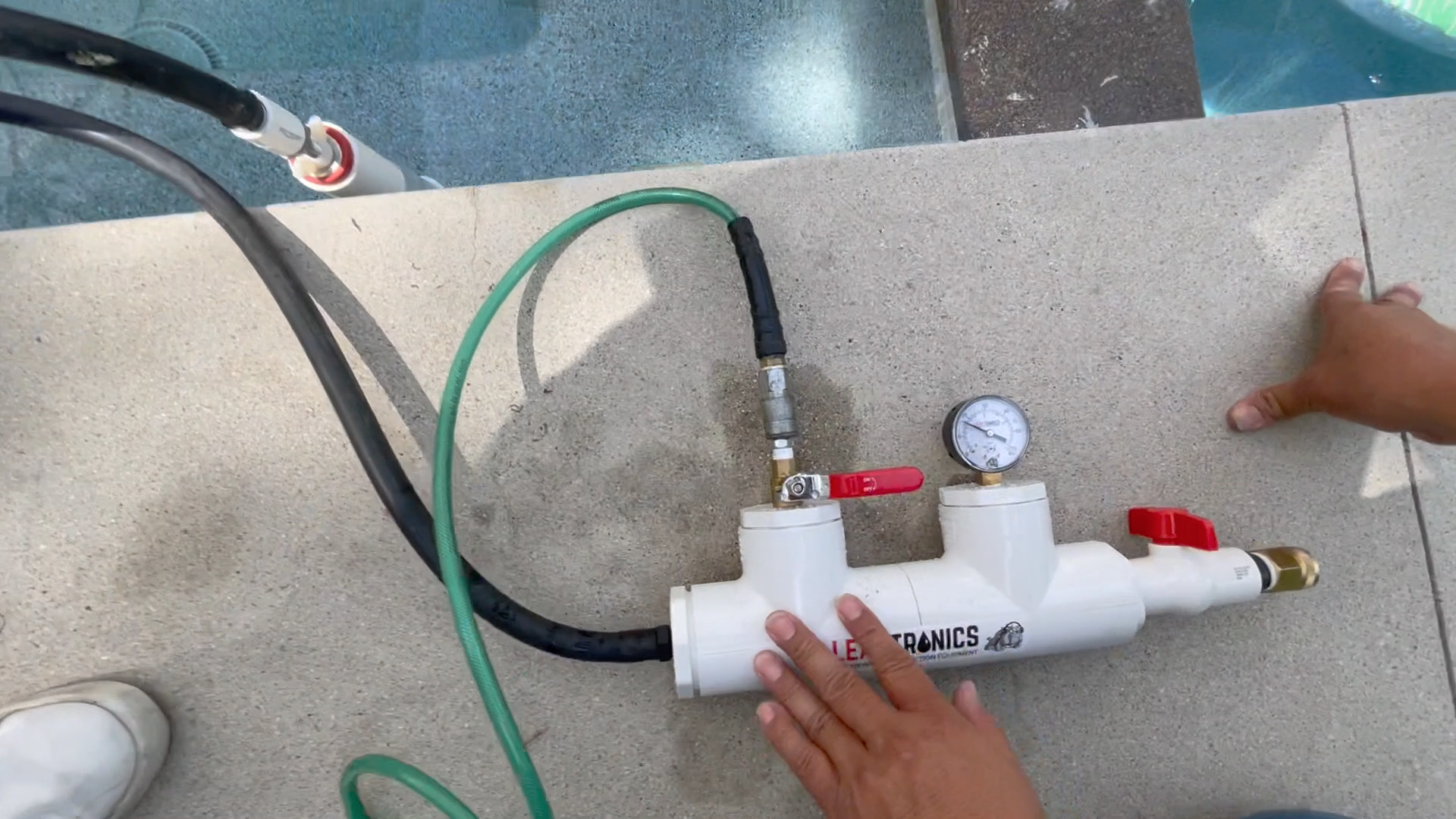
The pool is ready to be put back into normal operating mode.
Watch the video below to see the evolution of the Pipepoxy Pipe Repair System and the full application process.
